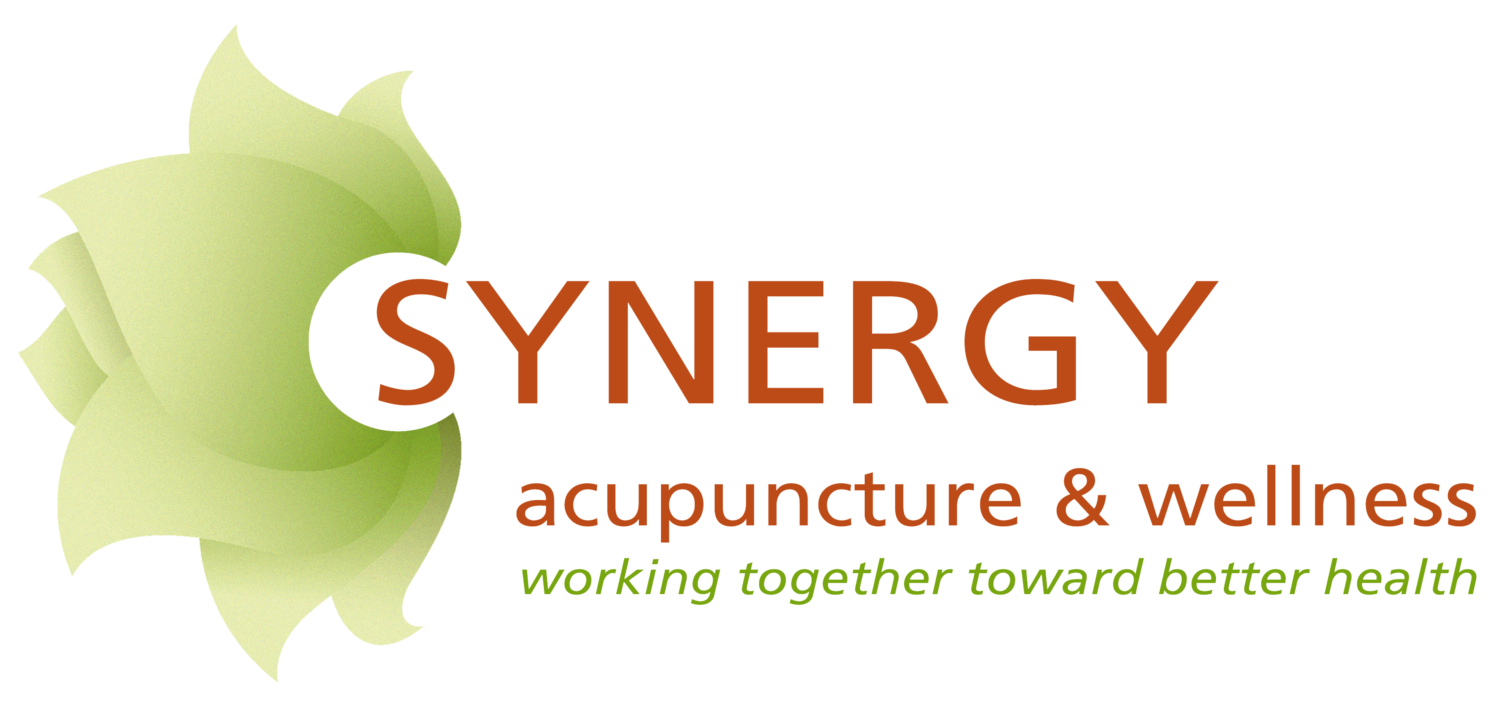This is the first in an ongoing series of posts looking at fertility and how acupuncture can play a role in various aspects of fertility and reproduction. Fertility is a complex process (after all, it is creating a whole human being from scratch). As the field is continually changing, this will not be a fully comprehensive primer but should be a reasonable place to start.
Whether you and your partner are just starting to think about having a family or are somewhere in the midst of that journey, you have most likely found yourself awash in new terms that may be both unfamiliar and confusing. Some of the procedures and treatments have names that are a mouthful or too "science-speak." Therefore it seems fitting to launch this series of fertility blogs with a primer on common terms and procedures from the western medical side of things. Later posts will discuss how the western and eastern medical perspectives intersect, so stay tuned.
For those interested in learning more, the American Society for Reproductive Medicine (ASRM) has some excellent materials available on their website.
Natural fertility: Reproduction without medical intervention.
Assisted fertility: Reproduction involving a wide variety of interventions often including stimulating medications or hormones, western medical techniques to facilitate fertilization, implantation and pregnancy.
Intra-uterine injection (IUI): A procedure involving injection of washed sperm directly into the uterus, timed to coincide with ovulation and increase the odds of successful fertilization. Can help overcome issues relating to sperm motility or their ability to cross through the cervix into the uterus.
In vitro fertilization (IVF): Ovary stimulating hormones are used to increased the production and maturation of eggs. Sperm and eggs are harvested then combined in a laboratory to facilitate fertilization. Fertilized eggs are transferred to the uterus. Hormonal support is continued post-transfer to support pregnancy.
Assisted hatching: A process by which the exterior portion of the embryo is perforated prior to transfer to the uterus in order to facilitate implantation.
Intracytoplasmic Sperm Injection (ICSI): Used in cases of severe male factor fertility problems, ICSI involves the direct injection of a single sperm into an egg to facilitate fertilization.
Hormones:
Human Chorionic gonadotropin (HCG): A hormone produced after ovulation which promotes the production of progesterone. HCG is also used during assisted reproductive cycles and IVF cycles to trigger the final maturation of the eggs before retrieval, IUI or timed intercourse in cases where release of the egg from the follicle is problematic.
Follicle stimulating hormone (FSH): The hormone which stimulates the ripening of a follicle in the ovary
Lutenizing Hormone (LH): In females, LH stimulates the release of the ripened egg from the follicle. Elevated levels detected in urine typically precede ovulation by 12-24 hours.
Thyroid Stimulating Hormone (TSH): Measuring TSH levels allow for the monitoring of thyroid function. Low thyroid function can interfere with ovulation and early embryo development. Optimal levels of thyroid hormones for fertility are lower than those considered normal in the general population.
Progesterone: The hormone released after ovulation which helps to prepare the uterine lining for implantation and sustain pregnancy.
Estradiol: One of three types of estrogen, estradiol levels are typical tested on Day 3 of the menstrual cycle and can be a measure of ovarian reserve.
Antimullerian Hormone (AMH): Measurements of this hormone are often used as a measure of ovarian reserve.
Tests:
Semen analysis: Tests examining the quantity and quality of sperm traditionally performed twice at least 2 weeks apart.
Clomid challenge: The Clomid challenge test (CCT) is used to check the responsiveness of the ovaries to stimulation. Clomid is taken on days 5-9 of the menstrual cycle and measurements of FSH are taken before and after. Clomid may also be used to stimulate the ovaries to produce mature follicles in a timed intercourse or IUI cycle.
Hysterosalphinogram: A test which examines the uterus and fallopian tubes for any blockages or abnormalities.
Basal Body Temperature tracking (BBT): Basal Body temperature is the lowest temperature the body reaches when at rest. BBT will be slightly lower before ovulation and higher temperatures after. Tracking BBT can provide fertility awareness. There is much to be learned from the information gathered by BBT charting which will be covered in a separate post.
Generally speaking this covers many of the terms you may come across during your fertility journey. It is by no means a comprehensive listing, so it is always a good idea to pose any questions you have with your reproductive specialist.

